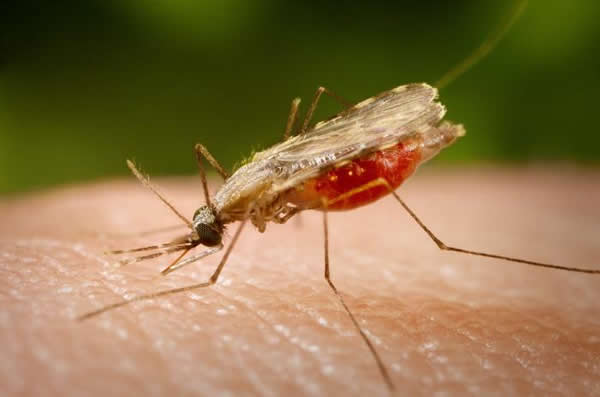Apr 26 2009
The largest-ever independent, laboratory-based evaluation of rapid diagnostic tests (RDTs) for malaria has shown that some tests on the market perform exceptionally well in tropical temperatures and can detect even low parasite densities in blood samples, while other tests can detect parasites only at high densities.
The evaluation was co-sponsored by the WHO Regional Office for the Western Pacific (WPRO), WHO-based Special Programme for Research and Training in Tropical Diseases (TDR) and the Foundation for Innovative New Diagnostics (FIND). Testing was performed at the US Centers for Disease Control and Prevention (CDC). Forty one commercially available RDTs went through a blinded laboratory evaluation.
The findings will serve as a tool for countries to make informed choices, from among the dozens of tests commercially available, on the purchase and use of rapid diagnostics that are best suited to local conditions.
This performance evaluation will also inform procurement and prioritization for diagnostic test entry into WHO Prequalification Diagnostics Programme and WHO Procurement Schemes. Donor agencies also regularly refer to WHO recommendations on diagnostics when making their own purchases.
Surveillance and quality assurance
"This is an important first step in establishing a broader system of diagnostics surveillance and quality assurance to ensure sound and accurate diagnosis of malaria in poor and remote settings," said Dr Robert Ridley, Director of TDR.
"These evaluations provide us with a mechanism to evaluate RDT performance in a standardized way so that WHO, donors and country health ministries can identify those tests that perform best for their needs and particular settings," he added.
“While some tests clearly outperform others in terms of identifying malaria in populations of low parasite density, such as newborns or people sleeping under bednets, there are a whole range of criteria related to local conditions of malaria transmission and illness that need to be considered in country and donor procurement decisions,” said Giorgio Roscigno, CEO of FIND.
In addition to product testing WHO, TDR and FIND have also collaborated to establish procedures and quality assured facilities for routine lot testing of rapid diagnostics in Asia and Africa.
During the evaluation, samples of blood from patients infected with P. falciparum and P. vivax (the two major plasmodium species that cause malaria) in diverse geographic locations were diluted to achieve both a low parasite density (200 parasites/µl) and high parasite densities (2000 or 5000 parasites/µl). At low parasite density, samples were tested against two rapid tests per lot (2 lots) and at high parasite density samples were tested against one rapid test per lot (2 lots).
Among the concrete findings are:
- Several RDTs demonstrated consistent detection of malaria at low parasite densities (200 parasites/µl), have low false-positive rates, are stable at tropical temperatures, are relatively easy to use, and can detect P. falciparum, P. vivax infections, or both.
- Performance between products varied widely at low parasite density (200 parasites/µl); however, most products showed a high level of detection at 2000 to 5000 parasites/ìl.
- P. falciparum tests targeting HRP2 antigen demonstrated the highest detection rates, but some tests targeting pLDH also exhibited high detection rates.
- Test performance varied between lots, and widely between similar products, confirming the advisability of lot-testing post purchase and prior to use in the field.
- The results highlight the need for manufacturers to have adequate reference materials for product development and lot-release. The WHO-FIND Malaria RDT Evaluation Programme, in collaboration with the CDC, will soon offer quality standard panels to manufacturers to assist in this process.
A second round of performance evaluations for 29 products is currently being carried out by TDR, FIND and CDC, with results due to be published in 2010.
http://www.who.int/en/
